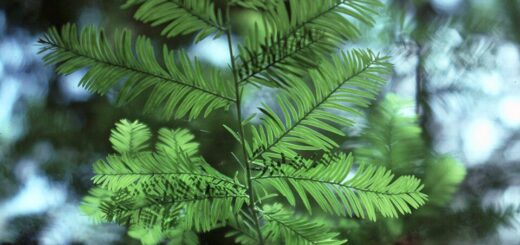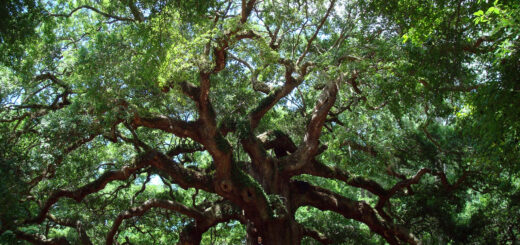Hinoki Cypress – A Timeless Tree for Gardens and Beyond
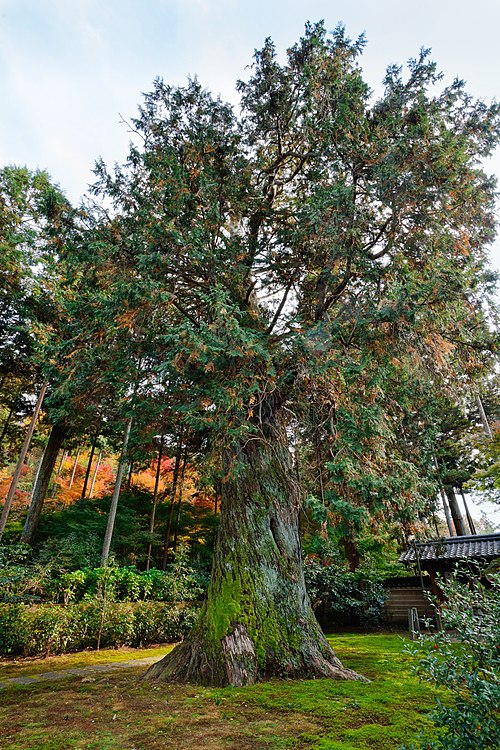
If you’re on the hunt for a plant that brings elegance, texture, and a touch of zen to your garden or landscape, the Hinoki cypress (Chamaecyparis obtusa) is a stunning choice that deserves the spotlight. Native to Japan and revered for centuries, this evergreen conifer is more than just another pretty tree, it’s a living sculpture with deep cultural roots and modern versatility.
What is Hinoki Cypress?
Hinoki cypress is a slow-growing, pyramidal conifer from the cypress family (Cupressaceae), prized for its soft, fan-like foliage, rich green color, and gently peeling bark. Its botanical name, Chamaecyparis obtusa, translates roughly to “dwarf cypress,” though mature specimens can grow quite large, especially in their native habitats where they can reach over 100 feet tall. However, many cultivars are bred to stay compact, making them perfect for home gardens and even container planting.
Key Features
Foliage: The flat, fern-like sprays of foliage are glossy green on top and have a silvery hue beneath, offering visual interest year-round.
Fragrance: When crushed, the foliage releases a fresh, citrusy aroma. The wood is also highly aromatic and valued in Japanese woodworking.
Growth Habit: Naturally symmetrical and dense, Hinoki cypress often requires little to no pruning to maintain its attractive shape.
Varieties: From towering specimens to dwarf cultivars like ‘Nana Gracilis’ and ‘Kosteri’, there’s a Hinoki for almost every space.
Landscaping with Hinoki Cypress
One of the most versatile conifers, Hinoki cypress fits seamlessly into a variety of design styles:
Japanese and Zen Gardens: Its graceful form and fine texture are ideal for peaceful, contemplative spaces.
Formal Gardens: Use dwarf cultivars for foundation plantings or as low hedges.
Modern Minimalist: Their clean lines and rich green color add structure without being overwhelming.
Container Gardening: Compact types thrive in pots on patios, balconies, or entryways.
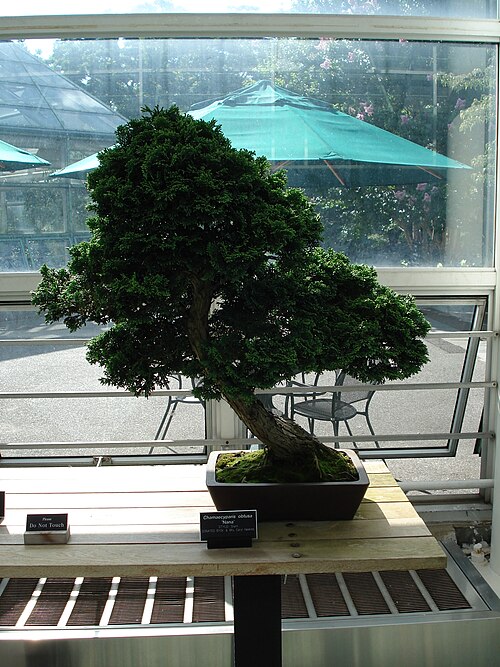
Hinoki Cypress “Slant” style bonsai from Brooklyn Botanic Garden, in New York City – Creative Commons | Author: Jeffrey O. Gustafson – Source: https://commons.wikimedia.org/wiki/File:Chamaecyparis_Obtusa_bonsai.JPG
Growing Tips
Light: Full sun to part shade. While full sun encourages dense growth, afternoon shade in hot climates can help prevent scorching.
Soil: Well-drained, slightly acidic soil is ideal. Avoid waterlogged areas.
Water: Regular watering is important, especially when young. Mature plants are moderately drought-tolerant.
Maintenance: Minimal. Some light pruning can shape young plants, but older ones rarely need it.
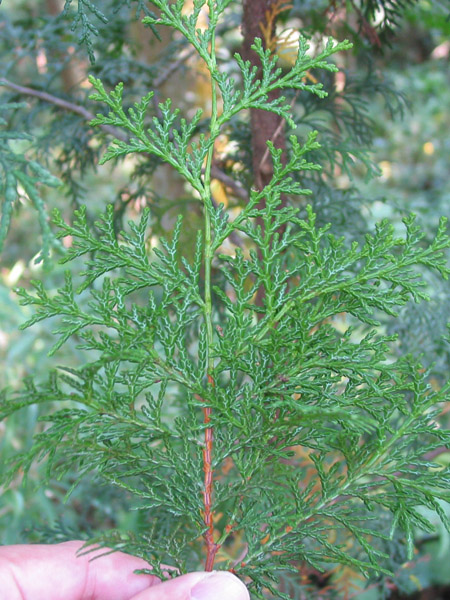
Thread leaf of hinoki cypress. – Creative Commons | Author: Hamachidori – Source: https://commons.wikimedia.org/wiki/File:Chamaecyparis_obtusa2.jpg
Cultural Significance
In Japan, Hinoki cypress has long been considered a sacred tree, often used in the construction of temples, shrines, and palaces. The wood is not only durable but also naturally resistant to rot and insects, with a distinct lemony fragrance. Even today, the aroma of hinoki is used in traditional incense, essential oils, and bath products, celebrated for its calming, grounding effects.
Whether you’re an experienced landscaper or a home gardener looking to bring a sense of serenity and sophistication to your space, the Hinoki cypress is a top-tier choice. With its timeless beauty, low-maintenance needs, and rich cultural background, it’s more than just a tree, it’s a living piece of art.
References:
https://en.wikipedia.org/wiki/Chamaecyparis_obtusa

